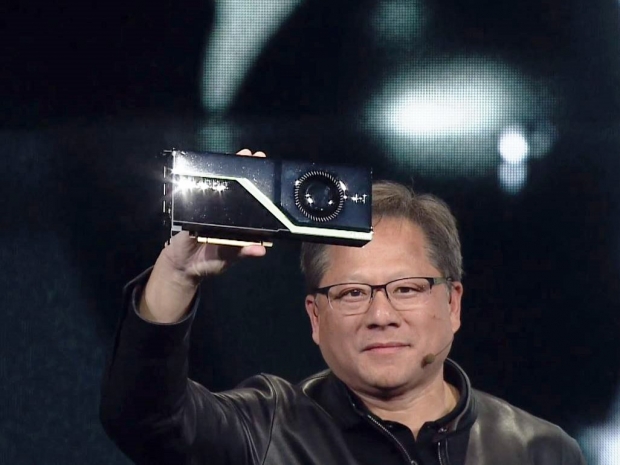Jensen Huang, CEO of Nvidia, unveiled the Quadro chips and the Turing architecture in a speech at the Siggraph computer graphics event in Vancouver, Canada. Nvidia claims it will revolutionize the work of 50 million designers, engineers, and artists by enabling them to render photorealistic scenes in real-time.
“This is the single greatest leap we have ever made in a single generation”, Huang said in the speech.
Nvidia has three new chips in the Quadro family: Quadro RTX 8000, Quadro RTX 6000, and Quadro RTX 5000. All can do hardware-accelerated ray tracing, AI, advanced shading, and simulation processing. Quadro RTX Server is a reference architecture for highly configurable, on-demand rendering and virtual workstation solutions from the datacentre.
They feature a new Turing Streaming Multiprocessor architecture, featuring up to 4,608 CUDA cores. The high-end Quadro chip can deliver up to 16 trillion floating point operations in parallel with 16 trillion integer operations per second to accelerate complex simulation of real-world physics.
The chips feature the first implementation of ultra-fast Samsung 16Gb GDDR6 memory to support more complex designs, massive architectural datasets, 8K movie content, and more.
Nvidia NVLik can connect two GPUs with a high-speed link to scale memory capacity up to 96GB and drive higher performance with up to 100GB/s of data transfer.
Nvidia says the new generation of chips will let designers make those changes in real time, which could speed up the creative process - and which Nvidia hopes customers will pay large chunks of cash.
Nvidia’s middle line of chips, aimed at graphics and design professionals who make films and other digital content, has not fared nearly as well, growing only 11.8 percent last year to $934 million.
Patrick Moorhead, an analyst with Moor Insights and Strategy and a former chip executive, said Nvidia is likely looking to stave off competition from rival AMD, which is likely to target the same group of professional users with its new graphics chips next year. Nvidia’s existing strength in the data centre market and the high-end gaming market have left it most open to attack in the middle of the market.
“Where Nvidia gets the biggest bump right now (from a new chip generation) is in the workstation market, which makes it all that more competitive”, Moorhead said.

